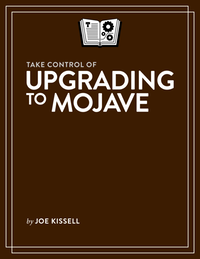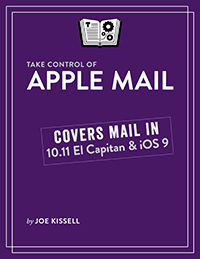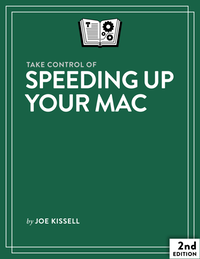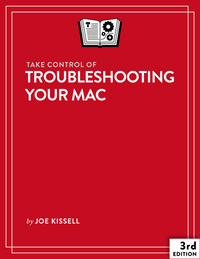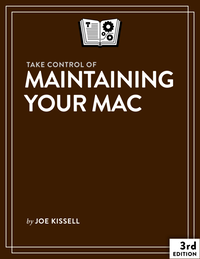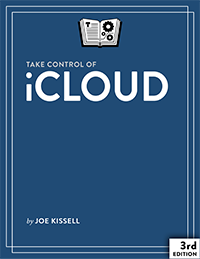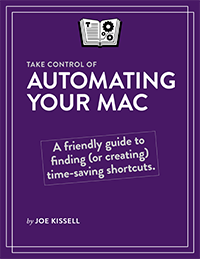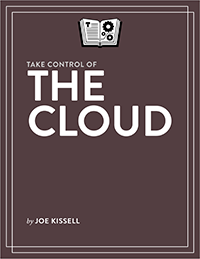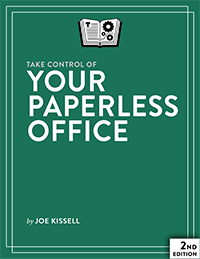The Logic of American Dates
If you want to make fun of Americans for clinging to bizarre, anachronistic units of measure such as feet, miles, pounds, and gallons (while the rest of the planet—except Burma and Liberia—has moved on to the far more rational metric system), I will gladly pile on. (I’m slightly less enthusiastic about the Centigrade temperature scale, but that’s a topic for another day.) Multiplying and dividing by 10 just makes way more sense than having to remember, say, the number of feet in a mile (5,280—I had to look it up).
When I was in elementary school back in the 1970s, we were all taught the metric system because, at the time, the plan was for the United States to switch. Which made complete sense to me, because after all, they always used the metric system on Star Trek. But then the political winds shifted and the official measurement system did not change, although metric measurements are used commonly enough that most people are familiar with them. Perhaps some day the country will come to its collective senses.
But I’m completely on board with another type of measurement Americans handle weirdly: the much-maligned month-day-year format for representing dates. I’ve read many complaints about it, but no defenses other than “that’s how we’ve always done it.” So I’d like to offer one.
The argument against American-style dates goes like this: “Going from smallest to largest units makes sense (30-04-2015, or day-month-year), as does going from largest to smallest units (2015-04-30, or year-month-day). But Americans break that logic by switching midway through the date—it goes from medium (month) to small (day) to large (year). That doesn’t make sense.”
I agree, for the record, that months are larger than days and smaller than years. I get that. I will gladly stipulate that the order month, day, year is not linear in either increasing or decreasing scale. You don’t have to draw me a diagram.
But the American technology for representing dates is, nevertheless, logical (and, more importantly, useful).
When I talk or write about dates, the path of least resistance is to convey only as much information as the listener (or reader) needs. In many contexts, the year is either irrelevant or unknown, and thus omitted. In other contexts, the day is either irrelevant or unknown. Sometimes only the month or year is relevant or known, but never just the day. For example:
-
“When’s your birthday?” January 9.
-
“When will the next version of OS X ship?” October.
-
“When did the Berlin Wall fall?” 1989.
-
“When does the next Star Trek movie come out?” July 2016.
But not:
- “When does the next Star Trek movie come out?” 8th.
With me so far?
All right, keeping in mind that the combinations of day-month and month-year are more common than the full day-month-year, let’s look at each of them individually.
Day and Month: If the only two pieces of information I want to convey are the day and the month, what seems most useful to me is to go from more general to more specific. For example, let’s say something happens on November 20. As soon as I say “November,” you have an important and useful piece of information. You know approximately when during the year the thing is going to happen. If at that very moment, our phone connection dies or a screaming toddler interrupts us, at least you know something. You’ll know that it’s a cool month, or that holiday preparations will be underway, or that your mother-in-law will be in town. If I lead with “20th,” you don’t know anything useful until I speak the next word. Sure, there are only 12 dates during the year when the 20th could be, but because they’re inconveniently spaced all over the calendar, that doesn’t help in any practical way.
So, the principle of trying to be helpful when speaking leads me to prefer month first, then date. And that, by itself, is not a problem for those who dispute the logic of American dates, because as long as I put the year before the month I can still maintain an order that goes from largest to smallest unit. But that brings me to…
Month and Year: Look back at the example of the movie that opens in July 2016. Would anyone ever say, “The movie opens in 2016 July”? Maybe some people would, but I wouldn’t, and I’ve never heard it said that way. I might simply say, “The movie opens in 2016,” as a way of conveying that it’s far enough out that it won’t affect anyone’s immediate plans. But if I’m going to give both the month and the year, I always start with the month. In this case, the order is not necessarily because the information conveyed first is more helpful (though one could make the same argument as previously about seasonal events) but rather because it’s usually more cumbersome to say (and hear) a year than a month. “Two-thou-sand-six-teen” is a lot of syllables to get through before reaching the punch line, and in many cases the year is assumed anyway. (Dates like “twen-ty-twelve jan-u-ar-y” are the rare exceptions that prove the rule.)
So, for ease of speech and comprehension, the advantage of offering seasonal clues, and the bonus fact that dates in adjacent years are often assumed anyway, I prefer month, then year.
And that’s how we arrive at (what many people consider) the problem. On the one hand, there’s a case to be made for month-day, but on the other, there’s a case for month-year. You can’t have them both and maintain order of increasing or decreasing scale. So either you violate one principle or the other in service of an abstract concept, or you preserve both by putting the year after the day: July 8, 2016. And that’s exactly what Americans do.
Before you say that arrangement isn’t logical, go look up the word “logical.” Here’s what my dictionary says:
logical, adj. (of an action, development, decision, etc.) natural or sensible given the circumstances
Given the circumstances of wanting to convey information helpfully, I’d say the American date order is quite logical. Dates that go from day to month to year may have a more elegant appearance, but they aren’t more logical, because that’s not what logical means.
More to the point, let’s face it: our entire system of dates and times is wacky and arbitrary. Years with 365 (or 366!) days? Months with 28, 29, 30, or 31 days? Then units of 7 for weeks, 24 for hours in the day, and 60 for minutes in an hour and seconds in a minute? Geez. If your definition of “logic” is something along the lines of “orderly,” you’d better throw all that out and use decimal time or metric time. Yes, they’ve been tried. Well-meaning people have attempted to use a system of a 10-hour day with 100-minute hours and 100-second minutes. I’ll let you take a guess how well that worked.
One could argue that even if month-day-year is a better (or at least acceptable) mode to use when speaking, it still looks awkward in print, and that a writer should always prefer day-month-year or year-month-day. To that I say: if you are writing for a publication that imposes a style guide, follow the style guide. Otherwise, my feeling is that you should write the way you speak. If you have to translate your own writing when reading it aloud, I think you’re making life excessively difficult for yourself and your readers.
I’m pretty sure my explanation will persuade exactly zero people to switch from day-month-year to month-day-year, and that’s OK. You’re entitled to your preferences, as I am entitled to mine. But I hope you’ll at least agree that month-day-year is a useful and indeed sensible technology for representing dates even if, like the number of days in the year, it’s slightly messy.



